
The Secrets of Dejima
By neomatrix ⊹

08 Sep, 2023
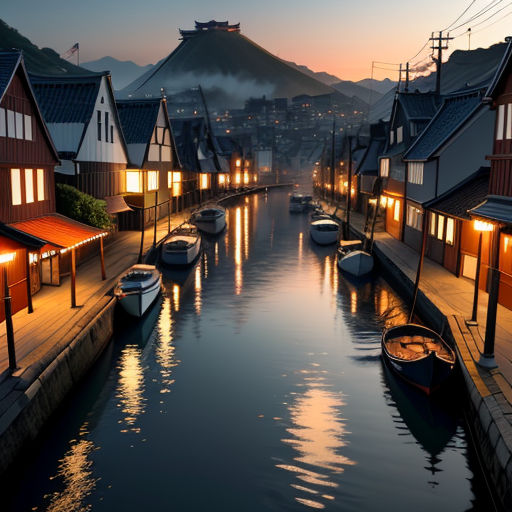
In the heart of Nagasaki, the city of the setting sun, resided a thriving Dutch factory named Dejima, nestled on an artificial island in the harbour.
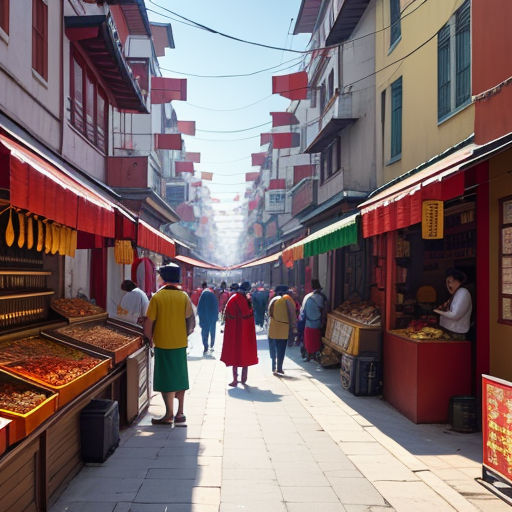
A few blocks away, amidst the narrow, winding lanes, nestled the vibrant Chinese residential area, a stark contrast to the Dutch enclave.
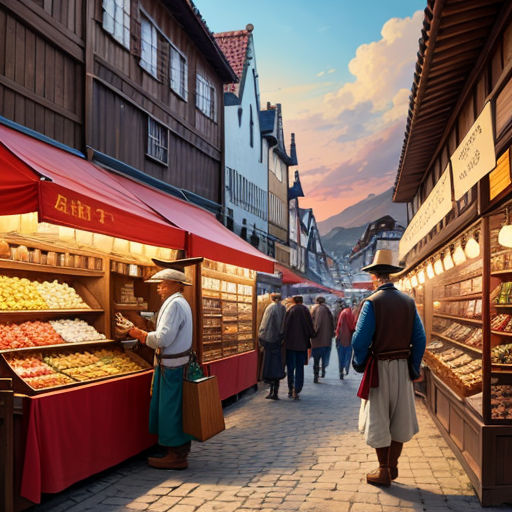
In Dejima, Hendrik, a savvy Dutch trader, managed the affairs of the factory, trading goods and bartering stories with the locals.
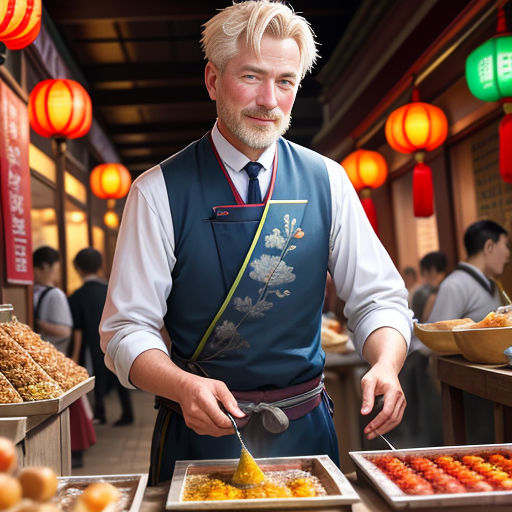
The Dutchman's curiosity often led him to the Chinese quarter. A kaleidoscope of emotions welled up within him as he navigated through the vibrant neighborhood.
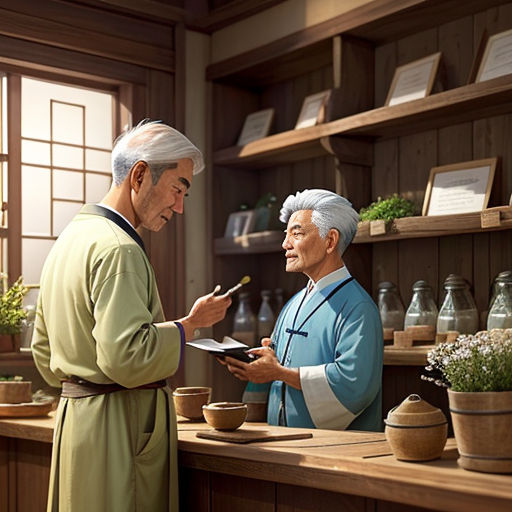
It was here that he met Li Wei, a middle-aged Chinese man known for his stories as much as for his herbal remedies.
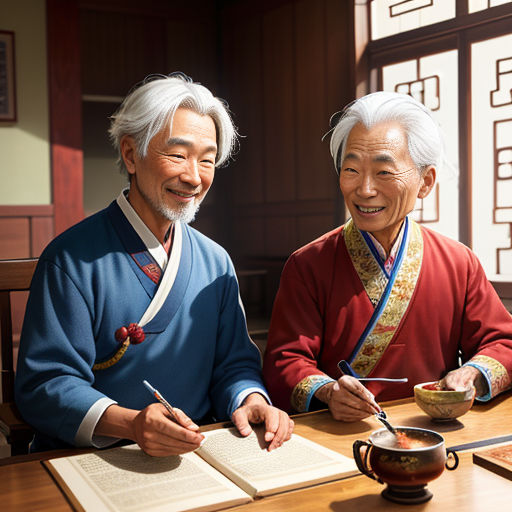
Li Wei's tales of ancient China mesmerized Hendrik, and the two soon formed a bond of friendship.

Hendrik would often bring western trinkets and goods to show Li Wei, while Li Wei would create intricate drawings to explain Chinese stories to Hendrik.
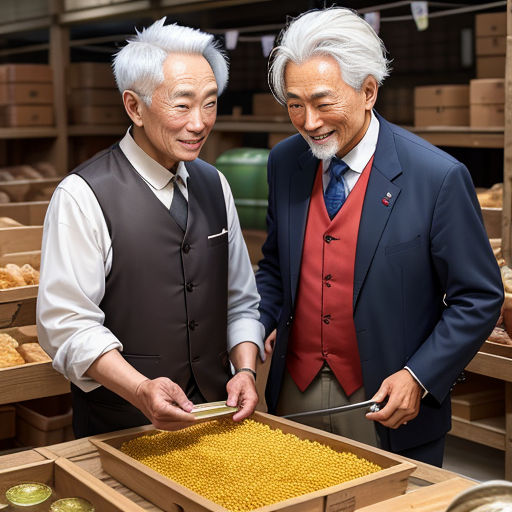
Despite the Sakoku policy, the pair found a way to exchange their cultures, creating a bridge of understanding between the Dutch factory and the Chinese quarter.
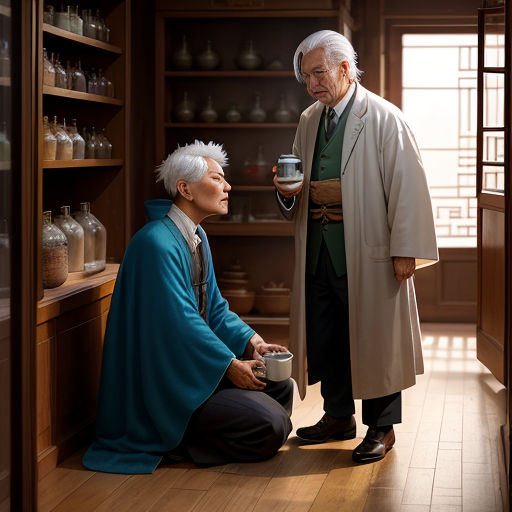
When Li Wei fell ill one season, Hendrik's concern for his friend was evident. Unable to bear his friend's illness, he made a desperate decision.

Hendrik brought Li Wei to Dejima, where the Dutch physicians tended to him with their modern medicines and techniques.
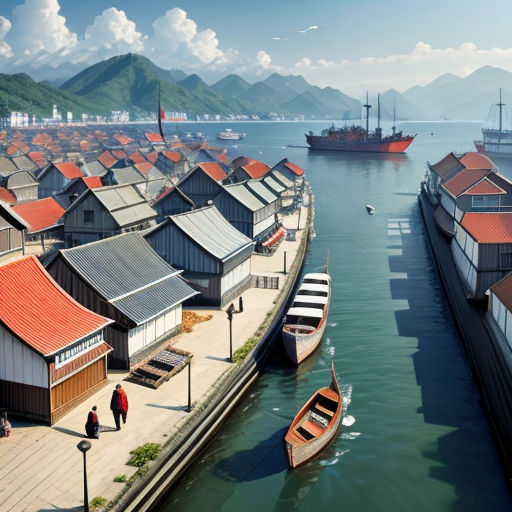
The strange land of Dejima intrigued Li Wei. He admired the Dutch's advanced knowledge and was thankful for their help.
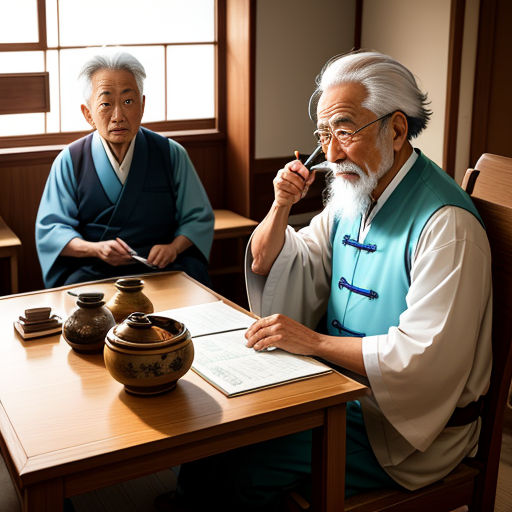
In return, Li Wei taught the Dutch physicians about Chinese herbal remedies and acupuncture, sharing his wealth of knowledge with them.
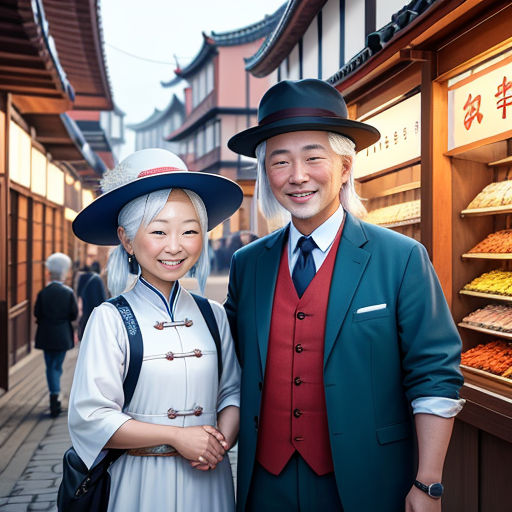
Hendrik and Li Wei's friendship transcended cultural boundaries, creating a unique blend of Dutch and Chinese cultures on the island of Dejima.
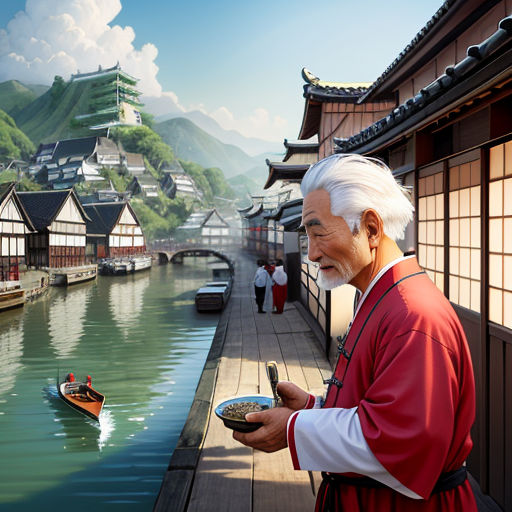
As Li Wei returned to health, Dejima's inhabitants grew fond of him. His stories and wisdom made him a respected figure among the Dutch traders.
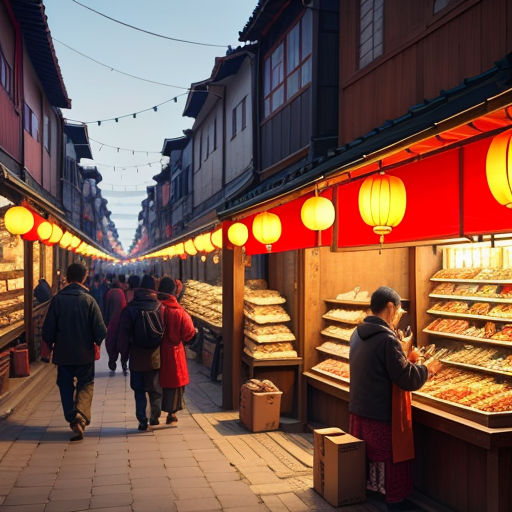
The bond between the Dutch factory and the Chinese quarter strengthened, as the inhabitants learnt to appreciate and understand each other's culture and practices.
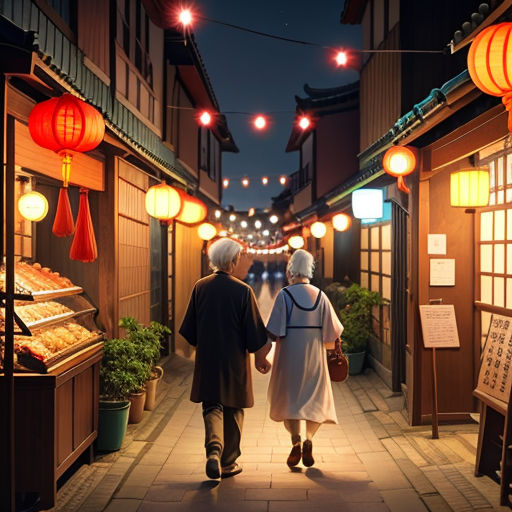
Hendrik's friendship with Li Wei paved the way for more interactions between Dejima and the Chinese quarter, fostering mutual respect and understanding.
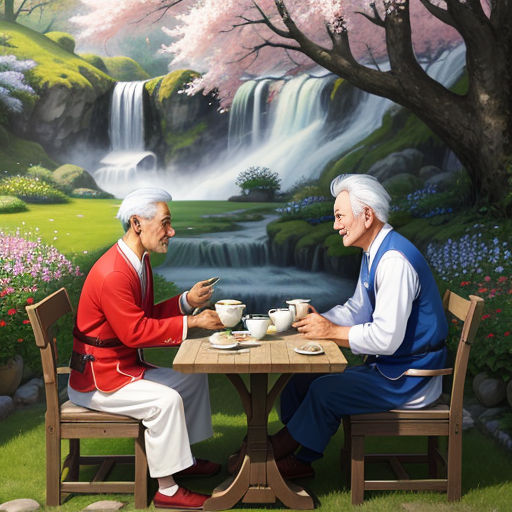
Despite Japan's isolation policy, the bond forged between Li Wei and Hendrik proved that cultures could intertwine and coexist harmoniously.
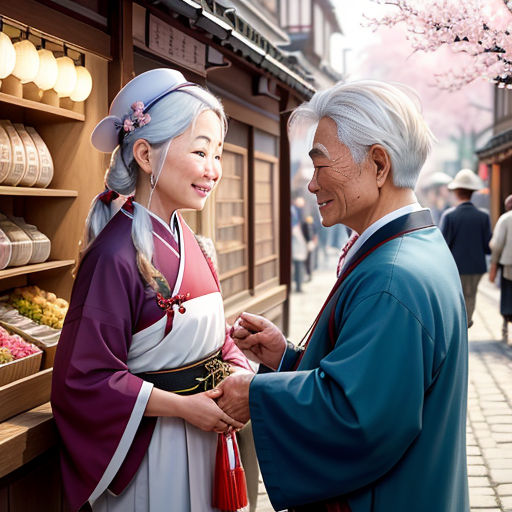
Over the years, as they aged gracefully, their bond remained unbroken. Dejima and the Chinese quarter continued to coexist, reflecting the friendship they nurtured.
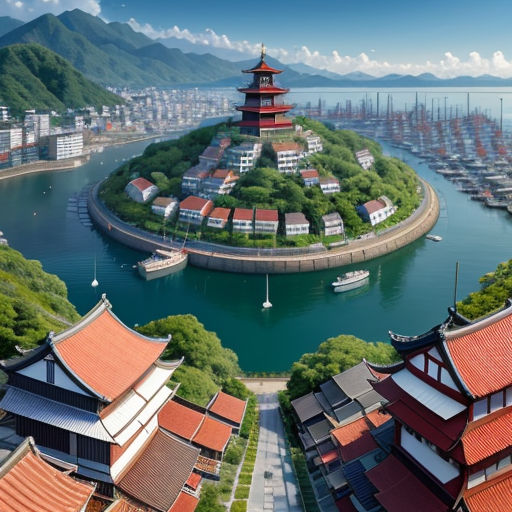
In the heart of Nagasaki, the Dutch factory and the Chinese residential area continued to thrive, their harmony testament to a unique friendship born during a time of isolation.

Their story, passing down from one generation to the next, was a beacon of hope in a city divided by policy yet united by friendship.
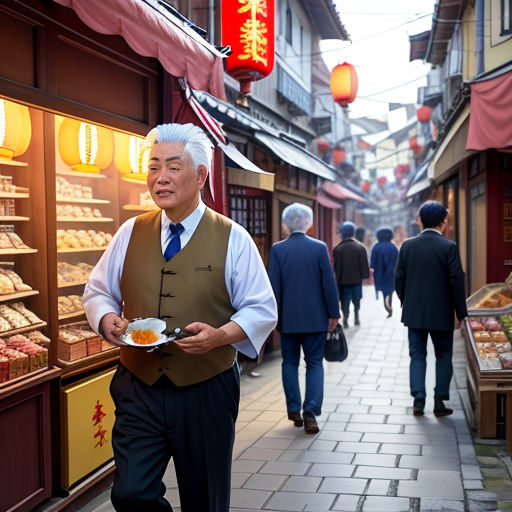
The legacy of Hendrik and Li Wei's friendship can still be experienced in Nagasaki today, where the Dutch and Chinese influences mingle in the city's culture.
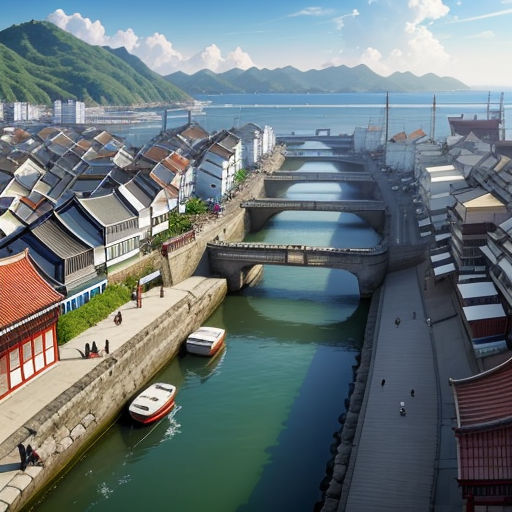
Both Dejima and the Chinese quarter have left an indelible mark on Nagasaki, reflecting a shared history that transcends the barriers of isolation.
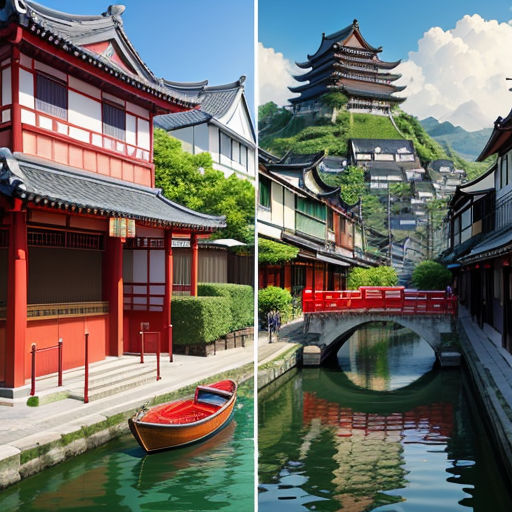
The harmony between the Dutch and Chinese influences can be seen in the city's architecture, food, and most importantly, in the spirit of its people.
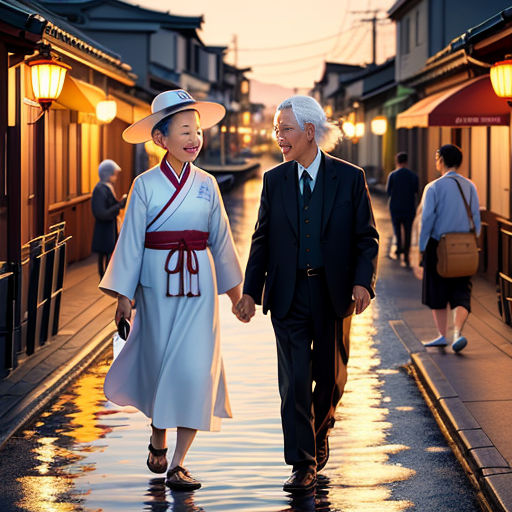
As the sun sets in Nagasaki, the story of an unlikely friendship between a Dutch trader and a Chinese resident continues to resonate in the city's heartbeat.
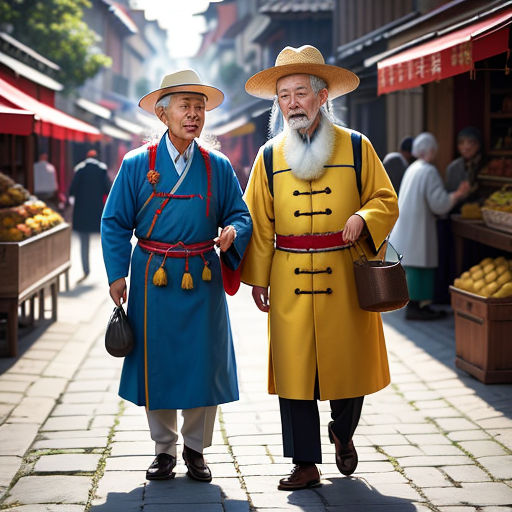
The tale of Hendrik and Li Wei serves as a timeless reminder that friendship knows no boundaries and cultures can coexist, even during times of isolation.
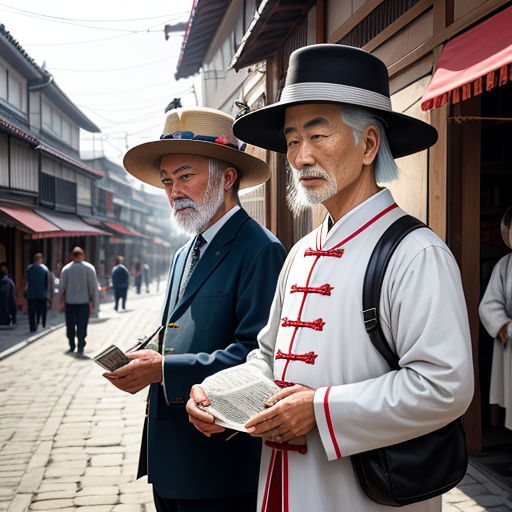
Their intertwined lives continue to inspire, adding to the rich tapestry of Nagasaki's multilayered history.
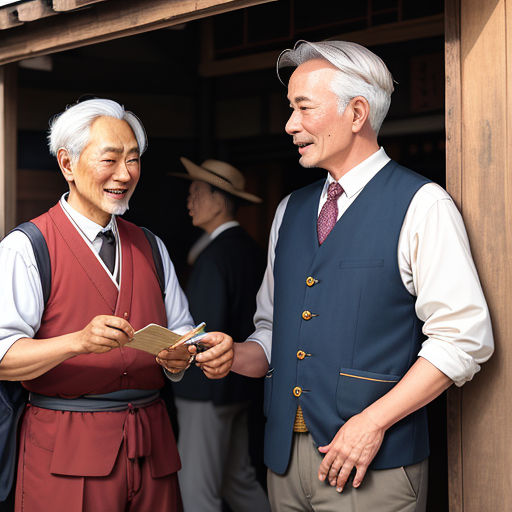
Hendrik and Li Wei's story is etched into the soul of Nagasaki, shaping its diverse cultural landscape, and their legacy continues to live on today.
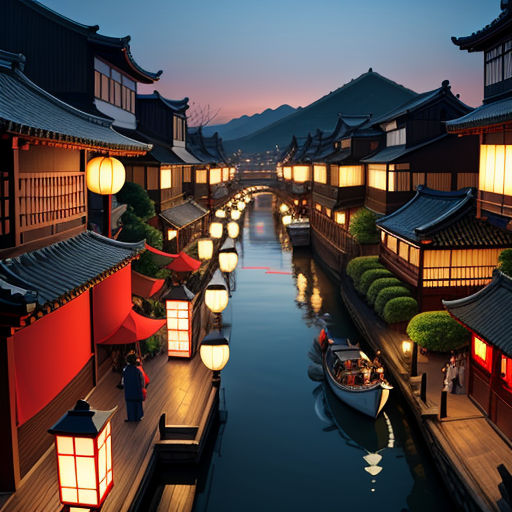
The legacy of Dejima and the Chinese quarter, bound by friendship and mutual respect, serves as a beacon of hope for humanity, exuding the universal language of love and acceptance.

The story of Dejima and the Chinese quarter in Nagasaki bears testament to the power of friendship in breaking barriers and fostering understanding.
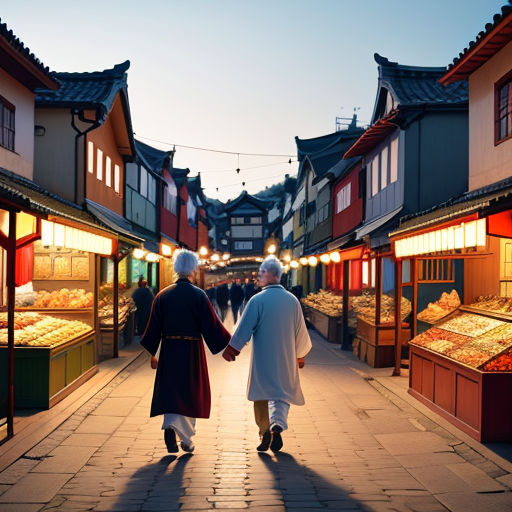
Melding the past with the present, the tale of Hendrik and Li Wei continues to echo in the hearts of the people of Nagasaki, a city forever shaped by an extraordinary friendship.
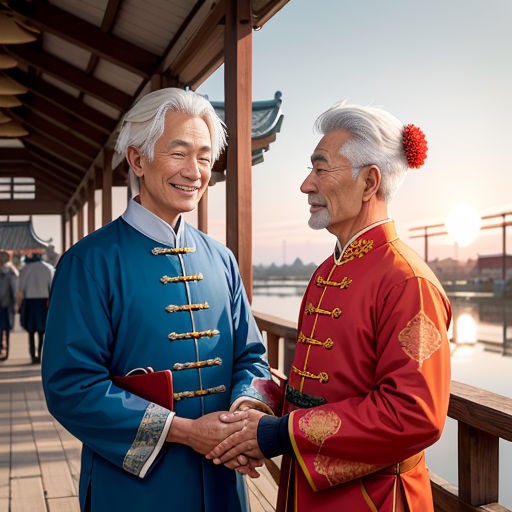
Their story transcends time, reminding us that even in times of isolation, human connections can flourish, fostering understanding and unity among diverse cultures.
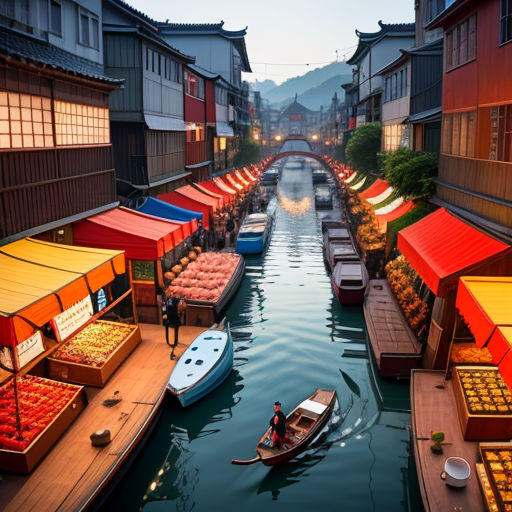
Thus, the story of the Dutch factory and the Chinese residential area in Nagasaki is more than just a tale of two neighborhoods. It's a story of friendship, understanding, and cultural integration.
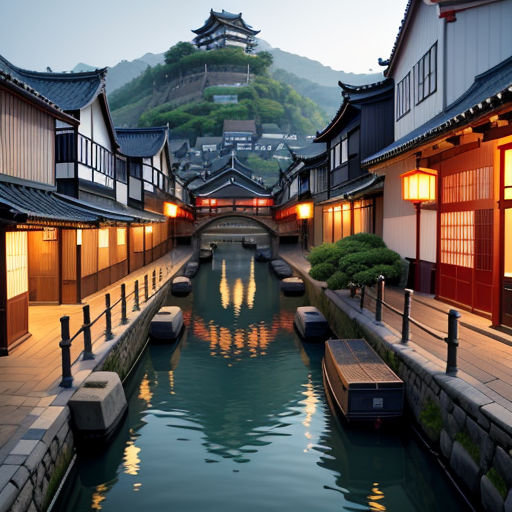
Today, Dejima and the Chinese quarter stand as enduring symbols of this incredible friendship, a beacon of unity in a world often divided by differences.
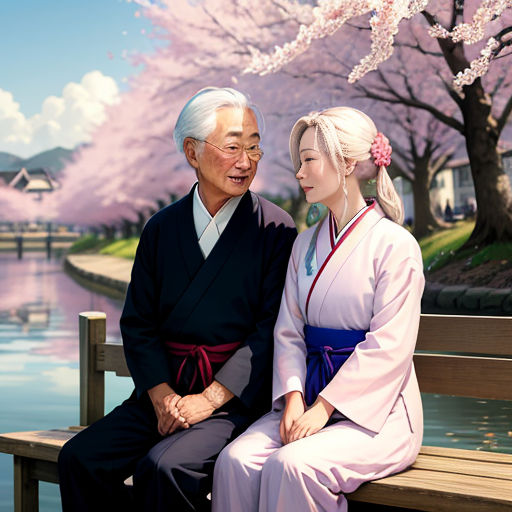
This tale of Hendrik and Li Wei, remains enshrined in the heart of Nagasaki, a timeless testament to human connection and the power of friendship in times of isolation.
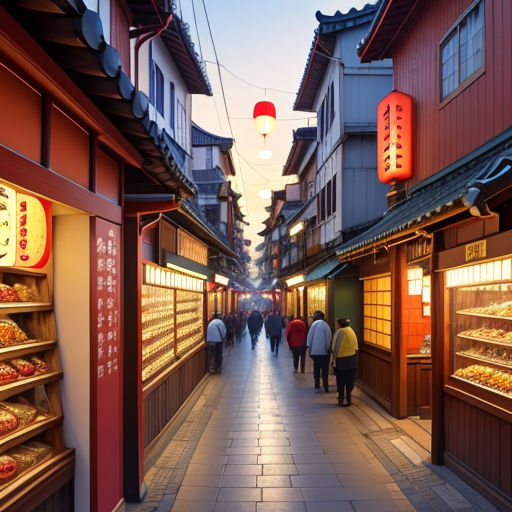
Within the city of Nagasaki, the remnants of Dejima and the Chinese quarter live on, their intertwined history a beautiful mosaic of friendship, unity, and cross-cultural coexistence.